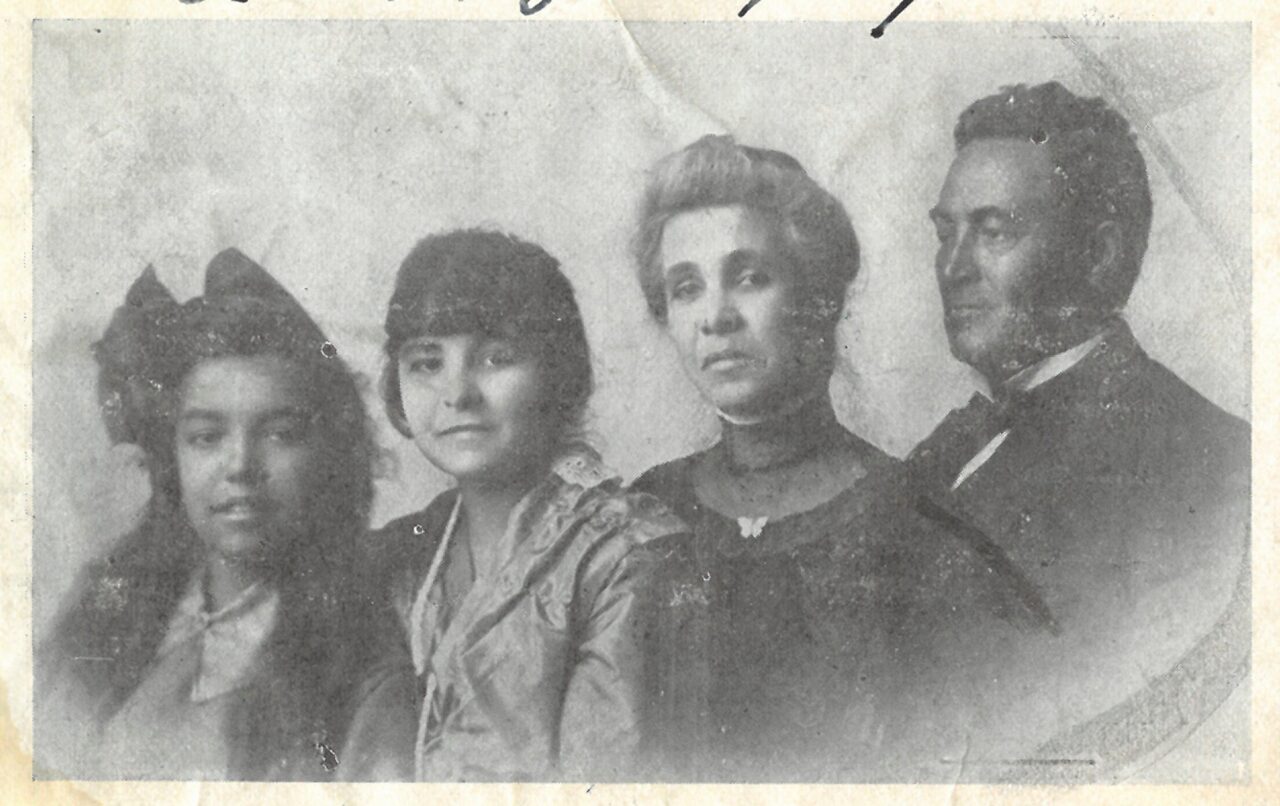This two-part story series recounts the history of Chicago’s first Black generation as told through the Chicago History Museum’s collections. It highlights the struggles that free African American men and women confronted in Illinois and the resilience they showed as they fought for their vision of equality at the intersection of residual slavery and limited freedom.
Building a home in a new place was not the only challenge this first generation of Black residents faced. Through the tumultuous years leading up to the Civil War, a small but determined African American population developed a vast abolitionist network and fought tirelessly against Illinois’s racist Black Laws and the institution of slavery. These activists engaged in many forms of protest. Abolitionist organizing took the form of robust Underground Railroad activity and systematic resistance to the Fugitive Slave Law. By the 1850s, these early Black settlers had transformed Chicago into a hub of abolitionism. Subsequent generations continued this campaign and worked to preserve the stories of those who came before them.
Learn more in “Concert is Power” Part 1: Chicago’s First Free Black Generation
Learn more in “Concert is Power” Part 2: Free Black Movements in Antebellum Chicago
See this project’s references below.
Explore the Digital World of Chicago’s Early Black History
- African American Life in the Nineteenth Century – For Educators
- Black Metropolis Research Consortium
- Bronzeville Historical Society
- Colored Conventions Project
- DuSable to Obama: Chicago’s Black Metropolis
- Fight for Rights: Chicago before the 1919 Riots by Elizabeth Dale
- Generations of Pride: African American Timeline
- Lifting As They Climbed: Mapping a History of Black Women on Chicago’s South Side
- Loss/Capture
- Mapping the Stacks: A Guide to Black Chicago’s Hidden Archives
- Shorefront Legacy Center
Credits
Special thanks to the following individuals who made this Google Arts & Culture exhibit possible:
Peter T. Alter
Charles E. Bethea
Brian Dolinar
Molly Dunn
Angela Hoover
Ellen Keith
Katie Levi
Lesley Martin
Hope McCaffrey
Gretchen Neidhardt
Timothy Paton Jr.
Christopher Robert Reed
Heidi Samuelson
Esther Wang
References
- Rufus Blanchard, Discovery and Conquests of the Northwest, with the History of Chicago, Volume 2 (Chicago: R. Blanchard and Co., 1900)
- Hallie Quinn Brown, Homespun Heroines and Other Women of Distinction (Xenia, OH: Aldine Publishing Company, 1926)
- John D. Cameron, “Rev. John B. Dawson: Social Activist and Early Settler of Chicago’s Avondale Neighborhood,” The Quarterly Journal of the Illinois State Genealogical Society 52, no. 1 (Spring, 2020): 18-27
- City of Chicago and the Department of Development and Planning, Historic City: The Settlement of Chicago (Chicago: Dept. of Development and Planning, 1976)
- Brian Dolinar (ed.), The Negro in Illinois: The WPA Papers (Urbana: University of Illinois Press, 2013)
- Eric Foner, Forever Free: The Story of Emancipation & Reconstruction (New York: Vintage Books, 2005)
- P. Gabrielle Foreman, et al. “Writing about Slavery/Teaching About Slavery: This Might Help.” Community-sourced document, November 2, 2020.
- Margaret Garb, Freedom’s Ballot: African American Political Struggles in Chicago from Abolition to the Great Migration (Chicago: University of Chicago Press, 2014)
- Charles A. Gliozzo, “John Jones and the Black Convention Movement, 1848-1856,” Journal of Black Studies 3, no. 2 (1972): 227-236
- Jennifer R. Harbour, Organizing Freedom: Black Emancipation Activism in the Civil War Midwest (Carbondale: Southern Illinois University Press, 2020)
- M. Scott. Heerman, The Alchemy of Slavery: Human Bondage and Emancipation in the Illinois Country, 1730-1865 (Philadelphia: University of Pennsylvania Press, 2018)
- Richard Junger, “‘God and man helped those who helped themselves’: John and Mary Jones and the Culture of African American Self-Sufficiency in Mid-Nineteenth-Century Chicago,” Journal of Illinois History 11, no. 2 (Summer, 2008): 111-132
- Richard Junger, “‘Thinking Men and Women, Who Desire to Improve Our Condition’: Henry O. Wagoner, Civil Rights, and Black Economic Opportunity in Frontier Chicago and Denver, 1846-1887,” in Voices from within the Veil: African Americans and the Experience of Democracy, edited by William H. Alexander, Cassandra L. Newby-Alexander, and Charles H. Ford, 140-169 (Newcastle upon Tyne: Cambridge Scholars Publishing, 2008)
- Knox College, “Struggle and Progress: Documenting African American History in Galesburg, Illinois”
- Jeff Lyon, “Generations: A Quiet Quest to Honor a Family’s Legacy,” Chicago Tribune Magazine, February 23, 1992
- Thomas A. Meehan, “Jean Baptiste Point du Sable, the First Chicagoan,” Journal of the Illinois State Historical Society 56, no. 3 (Autumn, 1963): 439-453
- Robert McCaul, The Black Struggle for Public Schooling in Nineteenth-Century Illinois (Carbondale: Southern Illinois University Press, 1987)
- Christopher R. Reed, “African American Life in Antebellum Chicago, 1833-1860,” Journal of the Illinois State Historical Society 94, no. 4 (Winter, 2001/2002): 356-382
- Christopher R. Reed, Black Chicago’s First Century: Volume 1, 1833-1900. (Columbia: University of Missouri Press, 2005)
- Christopher R. Reed, Knock at the Door of Opportunity: Black Migration to Chicago, 1900-1919. (Carbondale: Southern Illinois University Press, 2014)
- John H. Ryan, “A Chapter from the History of the Underground Railroad in Illinois: A Sketch of the Sturdy Abolitionist, John Hossack,” Journal of the Illinois State Historical Society 8, no. 1 (1915): 23-30
- Settler Colonial City Project, “Land Acknowledgement”
- Charles Spencer Smith, A History of the African Methodist Episcopal Church: Being a Volume Supplemental to A History of the African Methodist Episcopal Church (Philadelphia: Book Concern of the A.M.E. Church, 1922)
- Jesse White, Secretary of State & State Archivist, “100 Most Valuable Documents at the Illinois State Archives: Illinois Black Law”
